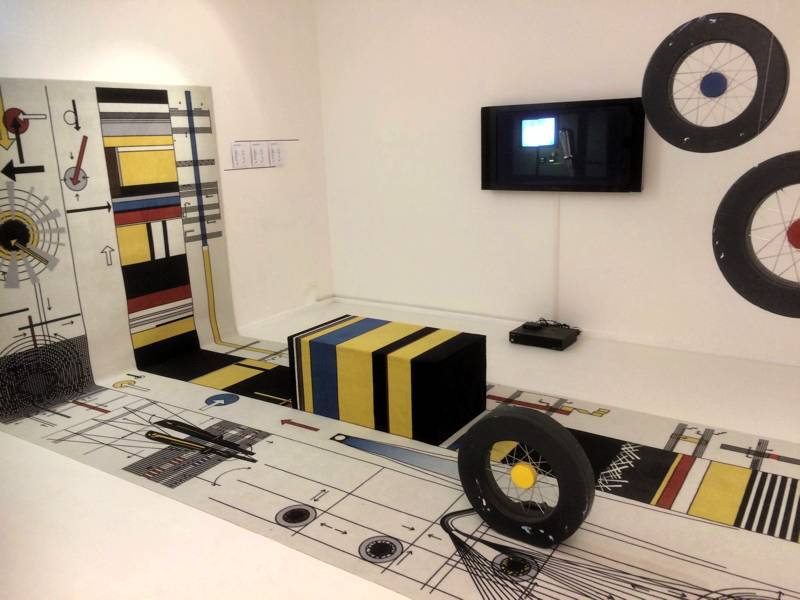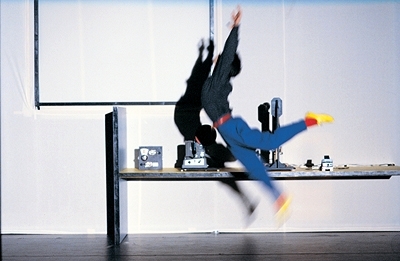Last weekend we launched an initiative which is an attempt to offer culture even in times when it is a danger to one’s own life and the lives of others to visit a theatre, concert hall or a museum. This initiative is our “theatre on demand“.
Every week we upload to our website one of our 27 pieces we’ve created so far. We proceed chronologically: none is skipped and none is left out. So there is potentially material available for 27 weeks. Since we are currently unable to sell tickets, we have decided to ask for donations on a voluntary basis. Anyone who wants, can donate any amount, just as if you had bought a ticket for a performance.
This has got off to a very good start: At the moment, after one weekend, we have received over 700 € in donations, which means that we have already reached about 16% of our self-imposed goal of 5,000 �. We are very happy about this and we are sincerely grateful to our donors for their solidarity and support in these difficult times.
The mechanical eccentricity
We continue optimistically: On Thursday, 26 March at 7pm we will publish the second part of our very first production “The Mechanical Bauhaus Stage” from 1987: “The Mechanical Eccentricity” by László Moholy-Nagy. At that time we were the first to ever implement this partition for a theatre stage and are this (as far as we know) until today.
Moholy-Nagy’s stage work incorporates the film, the three-dimensional stage and several stage levels into moving objects, grids, backdrops, etc. At the end of this piece, a dancer appears in the mechanical action as a living example of the integration of human “biomechanics”, which becomes abstract. Embedded in the score for “Mechanical Eccentricity” is a sketch from 1921/22 for a film “Dynamik der Großstadt” by László Moholy-Nagy in the form of the film rear projection provided for this purpose as part of the “plot”.
The realized performance of the “Mechanical Eccentricity” has remained an utopia until 1987 among other reasons, because in the 1920s it was impossible to think of realizing this work for purely technical reasons.
The “mechanical eccentricity” in J.U. Lensing’s first realisation is a creation from 1987 for the Theater der Klaenge. The double program of “mechanical ballet” and “mechanical eccentricity” was shown with great success in a total of 18 cities in 62 performances from 1987 to 1992 in front of about 15,000 spectators in Germany and abroad. Since then we have not performed it any more due to its complex installtion process.
This is the first time in almost three decades that you will have the chance to see this very unusual artwork.

